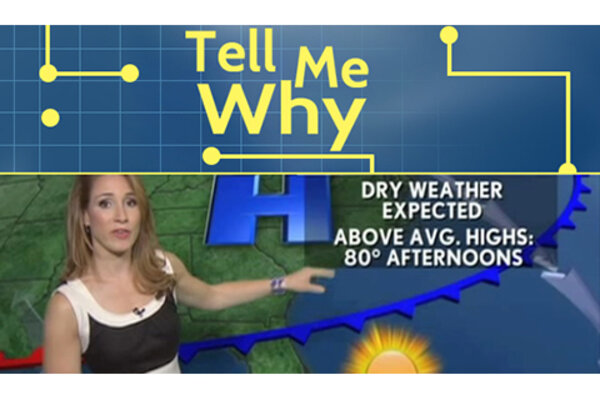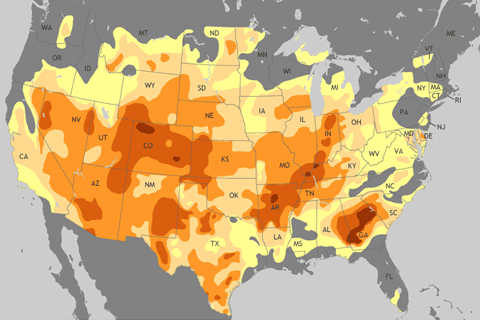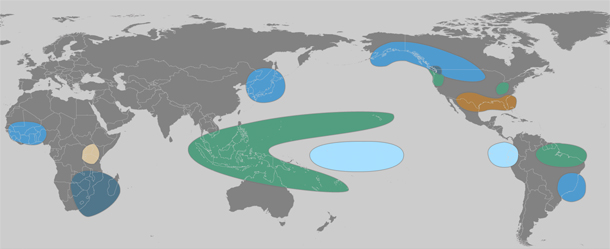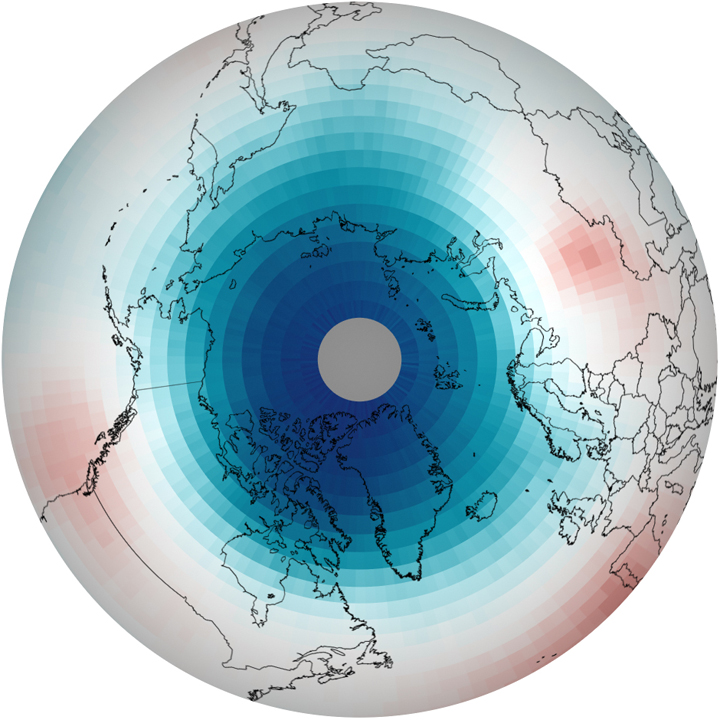
Since the mid-1950s, easy-to-serve, portion-controlled fish sticks have regularly found their way onto U.S. dinner tables and into school lunches. The past decade, however, has given fishermen and scientists a preview of the challenges they may face in keeping fish sticks on the menu as the planet gets warmer.

Tell Me Why: Satellite Climate Data Matter
July 20, 2012

Tell Me Why: The Climate Extremes Index Matters
July 20, 2012

Tell Me Why: We Need Normals
July 19, 2012

In early July 2012, conditions throughout most of the contiguous 48 states ranged from abnormally dry to exceptional drought.

The average global temperature for June 2012 was the fourth highest for any June since record keeping began in 1880. Land-only surface temperatures were the highest on record for the month. June 2012 also marks the 36th consecutive June and 328th consecutive month with a global temperature above the twentieth-century average. The last June with below-average global temperatures was June 1976.

The lead character in the 2011 climate story was La Niña—the cool phase of the El Niño-Southern Oscillation—which chilled the central and eastern tropical Pacific at both the start and the end of the year. These natural cooling events have a long reach: many of the big climate events of 2011, including famine-inducing drought in East Africa, an above-average hurricane season in the Atlantic, and record rainfall in many parts of Australia, are common “side effects” of La Niña.

In the spring of 2011, scientists observed the largest, most severe ozone destruction ever witnessed in the Arctic since records began in 1978, due in part to the fact that CFCs stick around in the atmosphere for a very long time. Climate maps reveal the cause to be unusually persistent cold temperatures.

Each year, following months of number crunching and fact-checking, hundreds of climate and earth scientists contribute to a global-scale evaluation of climate and environmental conditions over the previous year. This analysis--our planet's annual check up--is known as the State of the Climate report. Highlights of the 2011 State of the Climate report include wild weather extremes, a double-dip La Niña, and continued evidence of long-term climate warming.
